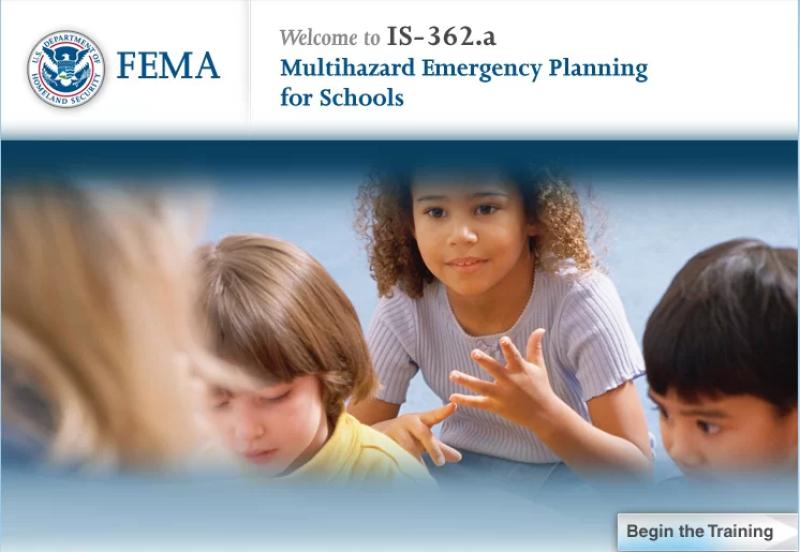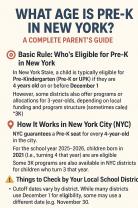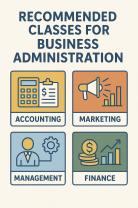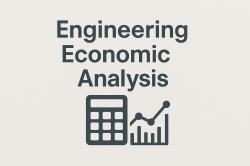What is FEMA training?
FEMA, the Federal Emergency Management Agency, provides a wide range of training programs and resources aimed at enhancing the preparedness, response, recovery, and mitigation capabilities of emergency responders, government officials, volunteers, and the general public.
FEMA training encompasses various aspects:
Emergency Management Courses: FEMA offers courses covering emergency management principles, incident command, disaster response, public information, hazard mitigation, and more. These courses cater to individuals at different levels of expertise, from beginners to seasoned emergency management professionals.
ICS (Incident Command System) Training: FEMA conducts training on the Incident Command System, which is a standardized approach to incident management used by emergency response organizations across the United States.
Disaster Response and Recovery Training: These courses focus on the specific needs and protocols involved in responding to and recovering from different types of disasters, including natural disasters like hurricanes, earthquakes, floods, and man-made incidents like terrorist attacks.
Professional Development: FEMA offers training aimed at enhancing the skills and knowledge of emergency responders, government officials, and volunteers involved in emergency management.
Community Preparedness Programs: FEMA provides resources and training materials for community members to prepare for emergencies, including CERT (Community Emergency Response Team) training, which educates citizens about basic disaster response skills.
Online and In-Person Training: FEMA offers a blend of online and in-person training programs, making the resources accessible to a broad audience regardless of geographical location.
The objectives of FEMA training include:
- Enhancing the capabilities of individuals and organizations involved in emergency management.
- Standardizing practices and procedures to ensure effective coordination during emergencies.
- Equipping responders and the public with the knowledge and skills necessary to mitigate risks, respond to incidents, and aid in recovery efforts.
FEMA's training programs aim to build a skilled and prepared workforce capable of responding to and managing various types of emergencies and disasters efficiently. These programs play a crucial role in strengthening the nation's overall resilience in the face of adversity.
What types of training does FEMA provide, and what areas do they cover?
FEMA, the Federal Emergency Management Agency, provides a diverse range of training programs to equip individuals and organizations with the knowledge and skills needed to prepare for, respond to, recover from, and mitigate disasters. Here's a breakdown of the types of training and areas they cover:
Types of Training:
- Incident Management Training: This includes courses on leadership, coordination, planning, and communication during emergencies. Examples include the National Incident Management System (NIMS) and Incident Command System (ICS) courses.
- Disaster Preparedness and Response Training: This covers skills like first aid and CPR, shelter operations, mass care, and hazard-specific response (e.g., flood, earthquake, etc.). Examples include Community Emergency Response Teams (CERT) and Light Search and Rescue (LSR) training.
- Mitigation and Recovery Training: This focuses on reducing the impact of disasters and building resilience. Examples include Hazard Mitigation Planning, Risk Assessment, and Public Assistance grant administration training.
- Professional Development Training: This provides advanced skills and knowledge for specific roles within emergency management, such as grant writing, risk analysis, and public outreach.
Areas Covered:
- Natural Disasters: FEMA offers training on various natural hazards like hurricanes, floods, earthquakes, wildfires, tornadoes, and more. Each course focuses on specific preparedness, response, and mitigation strategies.
- Technological Hazards: Training covers technological risks like cyberattacks, chemical spills, and transportation accidents. It focuses on response protocols, containment procedures, and communication strategies.
- Public Health Emergencies: This includes training on pandemics, infectious diseases, and mass casualty incidents. Courses cover preparedness measures, response protocols, and public health communication strategies.
- Terrorism and Security: Training in this area focuses on preparedness, response, and recovery from terrorist attacks. Courses cover risk assessment, incident management, and crisis communication strategies.
Delivery Methods:
FEMA training is delivered through various methods, including:
- Online Courses: Available through FEMA's Independent Study website, offering flexible learning opportunities.
- Resident Courses: Offered at FEMA training centers and partner institutions, providing in-person instruction and networking opportunities.
- Workshops and Seminars: Shorter-duration sessions focused on specific topics, offered both online and in person.
- Grants and Partnerships: FEMA provides grants to states and territories for training and exercise programs.
Target Audience:
FEMA training caters to a wide range of individuals and organizations, including:
- First responders and emergency personnel: Police, firefighters, paramedics, EMTs, and other disaster response professionals.
- Emergency management and government officials: From local to state and federal levels, involved in disaster planning, response, and recovery.
- Volunteers and community organizations: Individuals and groups who want to contribute to disaster preparedness and response efforts.
- The general public: Everyone can benefit from learning about disaster preparedness and how to stay safe in emergencies.
Overall, FEMA's training programs offer valuable knowledge and skills to various stakeholders involved in disaster preparedness, response, and recovery. Their diverse range of courses and delivery methods cater to different learning styles and needs, ensuring everyone has access to essential training to build a more resilient nation.
If you'd like to learn more about specific training programs or areas covered by FEMA, feel free to ask! You can also explore the FEMA Training website and search for courses relevant to your interests: https://training.fema.gov/













